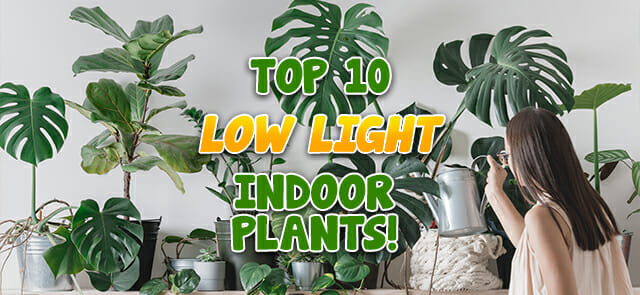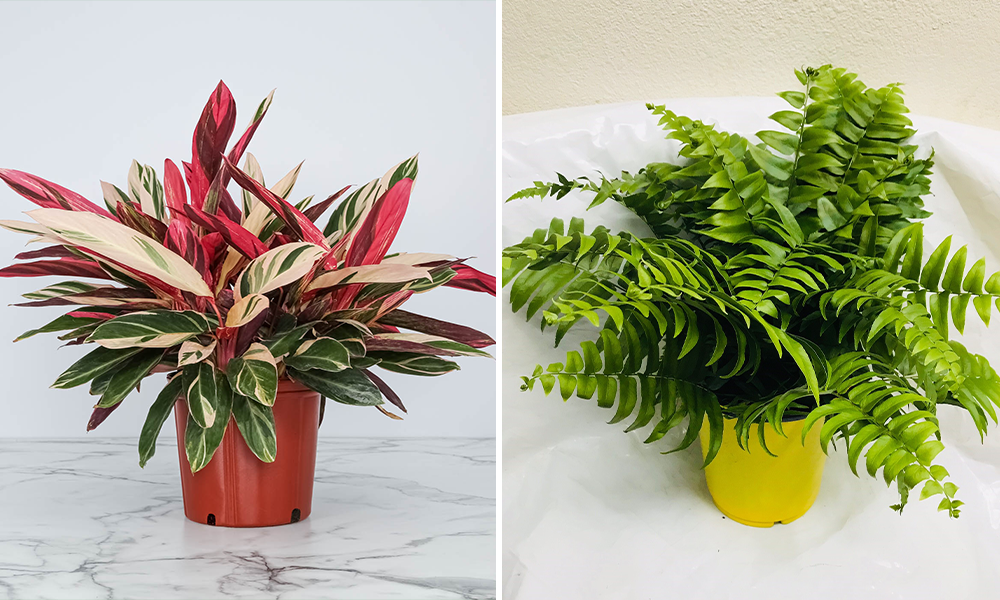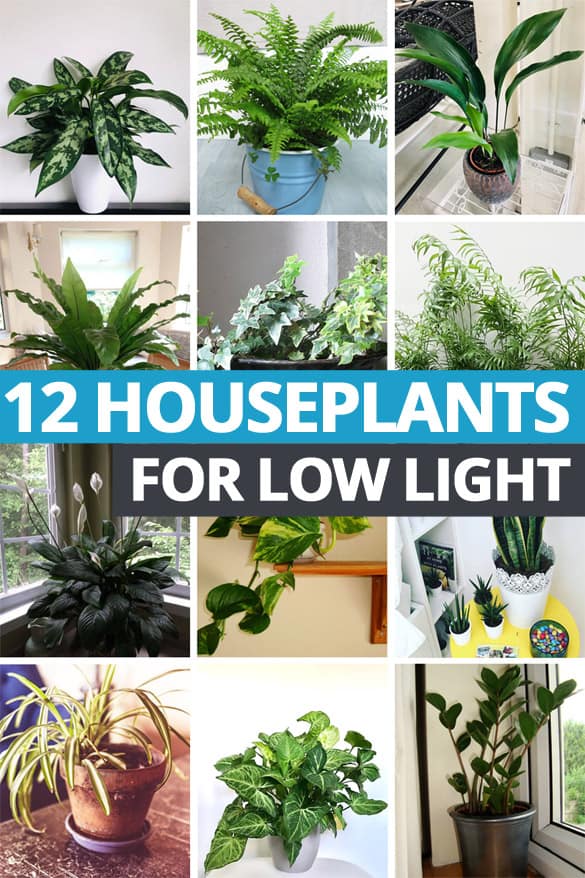Uncover the Tricks of Low-Light Indoor Plants and Exactly How They Enhance Your Setting
Low-light interior plants have actually garnered boosting interest for their one-of-a-kind capability to enhance both aesthetic charm and environmental high quality within homes and workplaces. These resilient types, including the Serpent Plant and Peace Lily, not just thrive in challenging illumination problems but additionally play an essential duty in air purification and emotional health. Comprehending the particular advantages and treatment needs of these plants can significantly affect your space. As we check out the complexities of their advantages, you may find insights that could change your surroundings in unexpected methods.
Benefits of Low-Light Indoor Plants
Although many people assume that indoor plants need plentiful sunlight to flourish, low-light indoor plants offer a wide variety of benefits that make them perfect for various environments. Among the key benefits is their versatility; they can prosper in rooms with minimal all-natural light, such as offices, basements, or spaces with little home windows. This feature allows individuals to improve their environments with plant, adding to boosted visual appeals without the need for extensive lights alterations.
Moreover, low-light interior plants can significantly improve indoor air high quality by releasing and filtering harmful toxins oxygen, making living spaces healthier. The presence of plants has actually been linked to better feelings of serenity and emphasis.
Moreover, low-light plants frequently require much less maintenance than their sun-loving equivalents, making them optimal for active people or those new to gardening. Their strength permits them to grow with very little intervention, thus giving a rewarding experience for plant lovers and newbies alike. In recap, low-light indoor plants offer both functional and visual purposes, making them valuable additions to any kind of space.
Top Low-Light Plant Varieties
Low-light interior plants can be found in a selection of species, each offering unique features and advantages suited for dim settings. Among the most prominent varieties is the Serpent Plant (Sansevieria), recognized for its air-purifying capacities and building fallen leaves. This durable plant flourishes on disregard and can endure a wide variety of light conditions.
One more superb selection is the ZZ Plant (Zamioculcas zamiifolia), which includes shiny, dark eco-friendly leaves and is highly drought-tolerant. Its adaptability makes it a preferred for offices and homes with limited sunlight.
The Pothos (Epipremnum aureum) is also a top competitor, with its routing creeping plants and heart-shaped leaves - Best low-light indoor plants. This functional plant can be educated to climb or cascade, including aesthetic rate of interest to any type of space

Treatment Tips for Low-Light Plants
Taking care of low-light interior plants needs a nuanced understanding of their certain demands to make certain ideal growth and vitality. Initially, it is crucial to choose the best potting mix, as a well-draining dirt is vital to avoid root rot. A mix created for houseplants, typically including peat moss and perlite, works well for a lot of low-light selections.
Watering is another key element of treatment. Low-light plants typically need much less constant watering compared to their sun-loving equivalents. It is advisable to inspect the leading inch of dirt; if it really feels completely dry, it's time to water. Overwatering can lead to problems such as mold and mildew and root degeneration.
Fertilizing ought to be approached with care. During the growing season, a diluted fluid fertilizer can be applied monthly, however in cold weather, lots of low-light plants enter dormancy and require little to no fertilizing.
Last but not least, it is necessary to periodically clean the leaves to remove dirt, permitting far better light absorption. By sticking to these treatment tips, you can cultivate a growing environment for your low-light indoor plants, improving both their look and long life.
Enhancing Air Top Quality With Plants
Interior plants play a considerable function in improving you could look here air top quality within homes and workplace. Through the process of photosynthesis, these plants absorb carbon dioxide and release oxygen, adding to a healthier environment. Furthermore, specific low-light indoor plants have the ability to filter dangerous toxins, such as benzene, formaldehyde, and trichloroethylene, which are generally found in indoor atmospheres.

Additionally, the existence of indoor plants can increase moisture degrees, which helps reduce dry skin and respiratory system concerns, further boosting overall well-being. This capability to boost air top quality not only advertises physical health however also sustains psychological wellness.
Including low-light indoor plants right into your living and working spaces can bring about an extra invigorating and dynamic environment (Best low-light indoor plants). Purchasing these all-natural air cleansers is a simple yet effective approach for improving indoor air top quality and promoting a healthier way of life
Producing a Tranquil Indoor Area
The combination of plants right into living areas not only enhances air high quality yet additionally contributes to a tranquil ambience. Low-light indoor plants, such as snake plants and pothos, are specifically efficient in creating a calm atmosphere, as they thrive in problems that might or else be inhospitable for other greenery. Their lush vegetation provides a relaxing aesthetic, reducing anxiety and advertising leisure.
Integrating these plants into your office or home can evoke a sense of tranquility and health. Purposefully placing them in areas where you spend significant time, such as living rooms or workspaces, enables an immersive experience with nature, which has actually been revealed to enhance state of mind and cognitive feature.
Moreover, the mild activity of leaves in action to air flow can produce a vibrant aesthetic aspect that boosts the total ambiance. Consider utilizing a range of plant heights and textures to add deepness and passion to your room. With thoughtful placement and care, low-light indoor plants can transform any location into a tranquil sanctuary, promoting not just aesthetic complete satisfaction however likewise emotional and mental health.

Final Thought
Incorporating low-light indoor plants right into numerous settings yields considerable advantages, including improved air high quality and enhanced visual allure. These hardy varieties not only prosper in marginal light however additionally add to a calming environment, promoting emotional and emotional health. By picking appropriate selections and applying correct care techniques, individuals can successfully grow a peaceful interior room that promotes health and productivity. The transformative power of low-light plants highlights their worth in enhancing both occupational and residential setups.
Although several people assume that interior plants require abundant sunshine to prosper, low-light indoor plants supply a wide variety of benefits that make them ideal for numerous atmospheres.Additionally, low-light indoor plants can dramatically enhance interior air high quality by filtering unsafe toxic substances and releasing oxygen, making living spaces healthier. In addition, certain low-light indoor plants have the ability to filter damaging pollutants, such as formaldehyde, benzene, and trichloroethylene, which are generally found in indoor settings.
Low-light interior plants, such as snake plants and pothos, are especially reliable in creating a peaceful environment, as they grow in conditions that may or else be inhospitable for other greenery.Integrating low-light indoor plants into numerous settings returns significant benefits, including enhanced air high quality and improved visual linked here allure.
Comments on “Create a Lush Indoor Oasis with the Best Low-Light Indoor Plants”